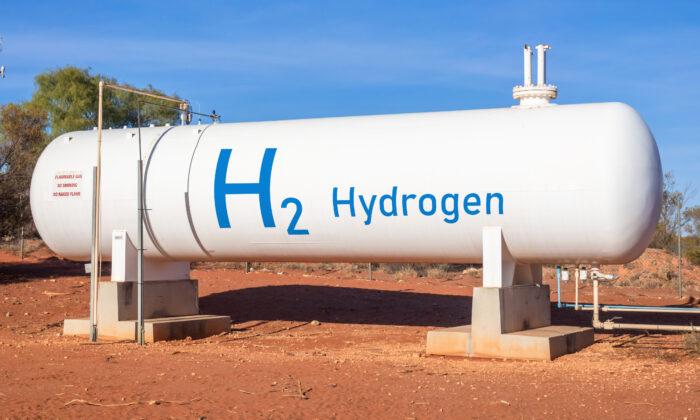The first release concerns an $8 billion program to finance at least four regional hydrogen energy hubs across the United States, while the second release concerns both a $1 billion program for hydrogen hydrolysis as well as a $500 million research and development program for hydrogen manufacturing and recycling technology.
The $9.5 billion in total funding is slated to extend through 2026.
“It’s very exciting,” said Timothy Lipman, co-director of the Transportation Sustainability Research Center at the University of California, Berkeley, in an interview with The Epoch Times. He has served on DoE’s Hydrogen and Fuel Cell Technical Advisory Committee, among other federal-level appointments.
“For those of us who have been studying hydrogen as a fuel for many years, it’s been kind of a slow and steady story.”
“Twenty years ago, we thought we’d have a lot more hydrogen vehicles on the road than we do today,” Lipman said. “I’m a big proponent of plug-in vehicles, but I’m also a big proponent of hydrogen, particularly where it can displace diesel fuel in heavier-duty vehicles. If we’re going to try to electrify everything, we’re going to need both technologies.”
The DoE’s regional hydrogen hub RFI claims that the infrastructure bill’s hydrogen-related spending will help the United States reach net-zero emissions by 2050 as well as “a carbon-free grid by 2035.” It outlines a draft strategy for two multistage launches, spaced approximately a year apart.
In the first stage, awardees would receive $1 million to $4 million from DoE for planning the hub and, among other things, addressing initial environmental reviews under the National Environmental Policy Act (NEPA). In stage two, a smaller number of selected proposals would get $500 million to $1 billion from DoE for deployment.
Counting both launches, anywhere from 13 to 22 regional hub proposals could be funded under the first phase, while anywhere from six to 10 regional hubs could be funded under the second phase.
According to Lipman, the high costs of the electrolyzers remain a limiting factor in the adoption of electrolysis. Electrolyzers cleave water molecules into hydrogen and oxygen through the application of electricity.
“Electrolyzers are a key technology, particularly where we have solar and wind,” he said.
While the infrastructure bill mandates that at least one of the hubs produce hydrogen with fossil fuels, it also mandates that at least one hub produce it with renewable energy. Similarly, at least one hub is required to use nuclear energy to produce hydrogen.
The RFIs make frequent reference to the Justice40 Initiative, which President Joe Biden established within days of taking office through Executive Order 14008.
DoE officials didn’t respond by press time to a request for clarification on whether and to what extent “disadvantaged communities” are defined in racial or ethnic terms.
Many of the RFI’s questions address related matters.
One example comes from the regional hydrogen hub RFI, which asks, “What would ‘success’ look like, especially related to Diversity, Equity and Inclusion (DEI) and support for union and energy transition jobs?”
Another question in the RFI concerns the effects of at least one fossil fuel on the viability of hydrogen hubs: “How might hydrogen production be constrained by the availability of clean electricity or natural gas supply and distribution?”
Spokespersons for Linde, a chemical company involved in hydrogen energy production, also didn’t respond by press time to a request for comment. The Epoch Times has also reached out to scientists and engineers involved in hydrogen energy research.





